
Scoliosis OverviewScoliosis is a disorder that causes a sideways curve of the spine, or backbone. The spine usually curves in “S" or “C” shape. Most of the cases are caused by unknown reason (idiopathic) while it is sometimes caused by the cerebral palsy or muscular dystrophy. Scoliosis is most often mild, can be treated and doesn’t lead to permanent disability. Idiopathic scoliosis most commonly occurs in children who are over 10 years old if they grew fast. This condition is about two times more common in girls than boys and the curvature usually progresses in girls. In 90% cases of scoliosis the treatment in not needed and will not cause any symptoms and impairments. On the other hand, the rest of the cases require treatment that involves wearing a brace or surgery for severe scoliosis. Rarely, scoliosis may occur in infants and it is known as idiopathic infantile scoliosis. Also, there is idiopathic juvenile scoliosis that affects children aged from 4 to 10 years and it is rather rare.
Diagnosis
Scoliosis is most often noticed during routine forward-bending test at school or at the doctor’s office. This test involves bending over, with straight knees and reaching the fingertips toward the feet or the floor. The doctor will observe if the spine curves and if the shoulders, shoulder blades and hips are at the same height. If the doctor believes that a child has scoliosis, diagnosis can be confirmed with an X-ray of the back. X-ray test can also help to determine the degree of the spine curvature. This can help decide what treatment is necessary. In mild scoliosis, the curve is usually less than 20 degrees, which doesn’t have to be treated but requires regular checkups to see if the curve is getting worse. This means that the X-ray will have to be repeated every 4 to 6 months. If the curve rapidly progresses and goes beyond 20 degrees, orthopedic surgeon will determine which treatment will be needed.
Treatment
For rapidly progressing scoliosis, with curves above 30 degrees, the treatment usually includes bracing. Surgical correction is required in severe cases of scoliosis when children have the curve over 45 degrees. Wearing a brace cannot cure scoliosis but may prevent further progression of the curve. There are several braces used for treatment of scoliosis such as TLSO, Charleston bending brace and Milwaukee brace. They can be worn day and night. Surgery is generally required when curves are above 45-50 degrees and cause symptoms like pain, shortness of breath and physical deformity. The procedure is called posterior spinal fusion in which a metal rod is implanted to correct the curve.


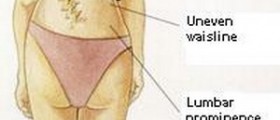
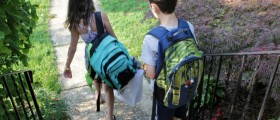
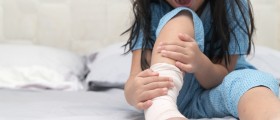





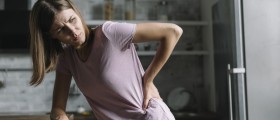
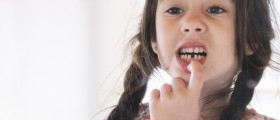

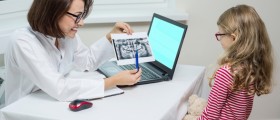

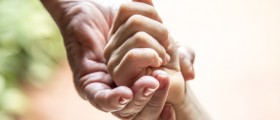

Your thoughts on this
Loading...